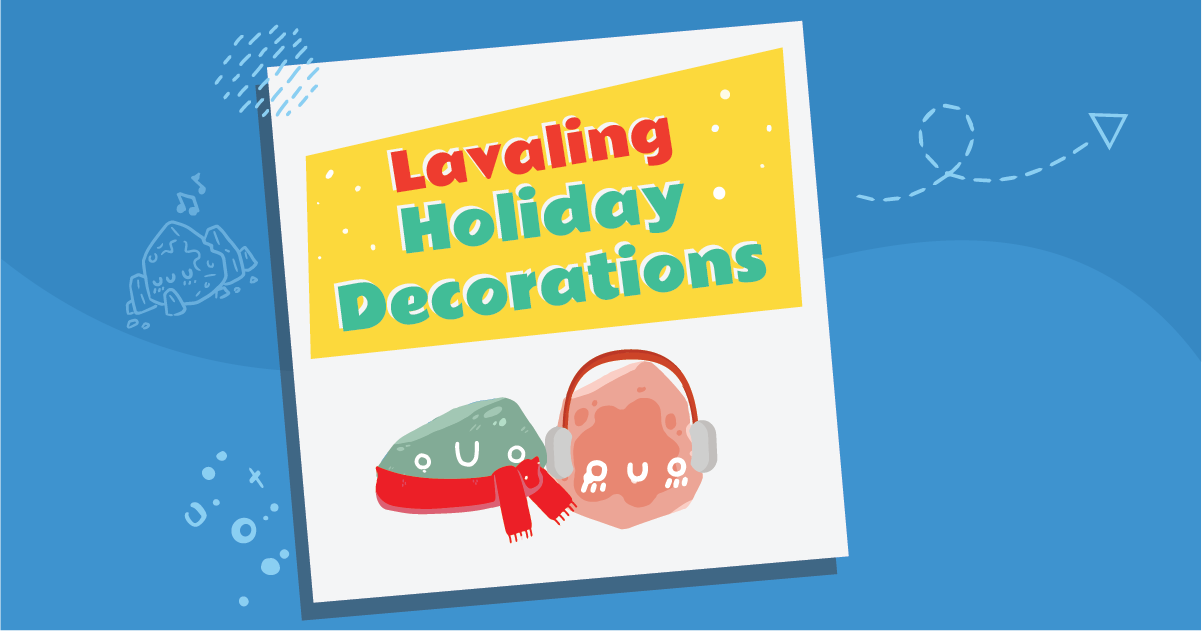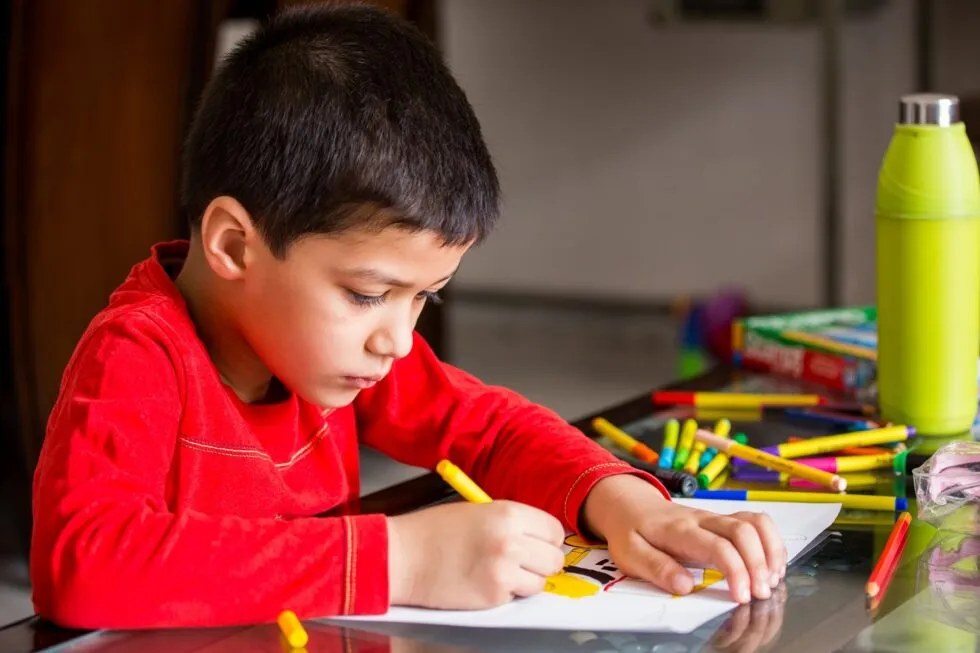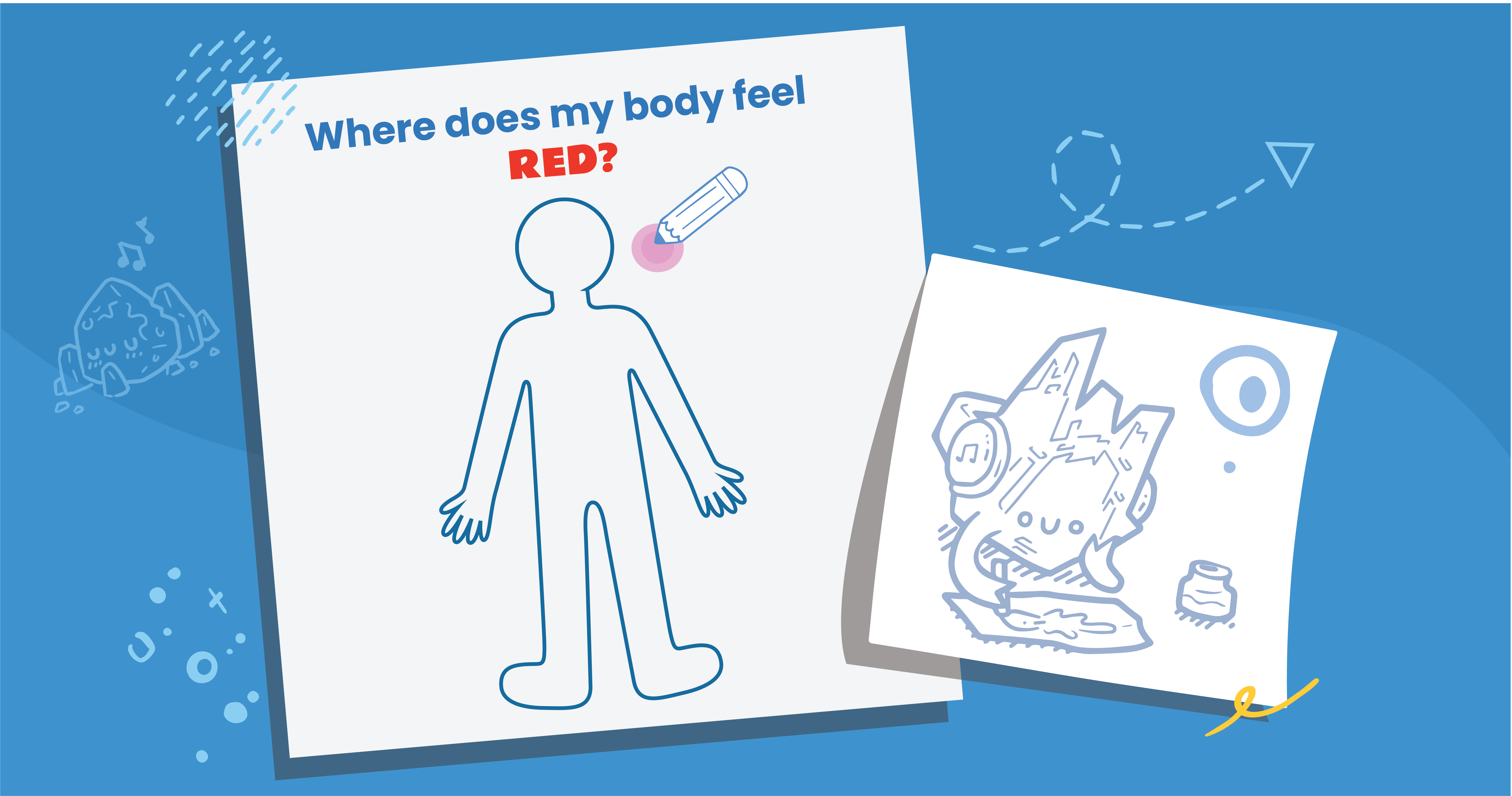When children are overwhelmed or anxious, it can increase stress levels for the whole family. Finding relaxation strategies that help children and young people handle anxious moments lays the groundwork for healthy stress management over a lifetime. Here are five quick and easy relaxation techniques that parents can introduce to their kids.
1. Deep Breathing
Deep breathing is the most straightforward way for children to calm down and decrease their heart rate when they are feeling stressed. Learning effective deep breathing exercises can be difficult for children, but breathing activities for kids can provide useful guidance.
2. Music
Music can be a very useful relaxation tool to equalize a child’s mood during stressful situations. Listening to a playlist of their favorite songs offers kids a distraction from stress and anxiety and can help them achieve a more relaxed state of mind. Another helpful technique is playing gentle music during kids’ quiet activities or transitions, which can set a calm and soothing tone.
3. Movement
When we exercise, our bodies release hormones called endorphins that encourage feelings of happiness and peaceful relaxation. Regular exercise also strengthens muscle groups and supports overall health and well-being. Dancing, yoga poses, walking, biking, acting out imagined play adventures – there are lots of fun stress relief options to choose from. Ask your kids to help you pick their favorite calm down activities, and help them find time every day to get their bodies moving.
4. Personal Space
Some children benefit from quiet time and space to themselves when they are feeling overwhelmed or stressed. Creating a dedicated calm space at home where they can decompress with a favorite book, stuffed animal, or toy can help children combat the effects of stress and possibly prevent a meltdown. And you don’t need much space! Find a corner or nook a bit away from the busiest places in your home and make it comfortable with blankets, pillows, and soft light.
5. Sensory Activities
Simple activities targeting the 5 senses can have a calming effect on a child’s mood and help them achieve a state of relaxation. Feel-good activities like squeezing stress balls and running their hands through a box filled with beads are touch-based activities that provide a calming effect for many kids. Homemade crafts like glitter jars or rain sticks can provide soothing sights and sounds. Calming smells can be created with essential oils like lavender or bergamot.
Finding the relaxation exercises that work best for your kids can take time and a bit of thoughtful experimentation. Enlist your kids to help you find relaxation techniques that work for them. Keep a written list of the best strategies you find, or create a relaxation nook that provides access to several different relaxing activities. In no time at all, the whole family will be finding ways to relax together.














